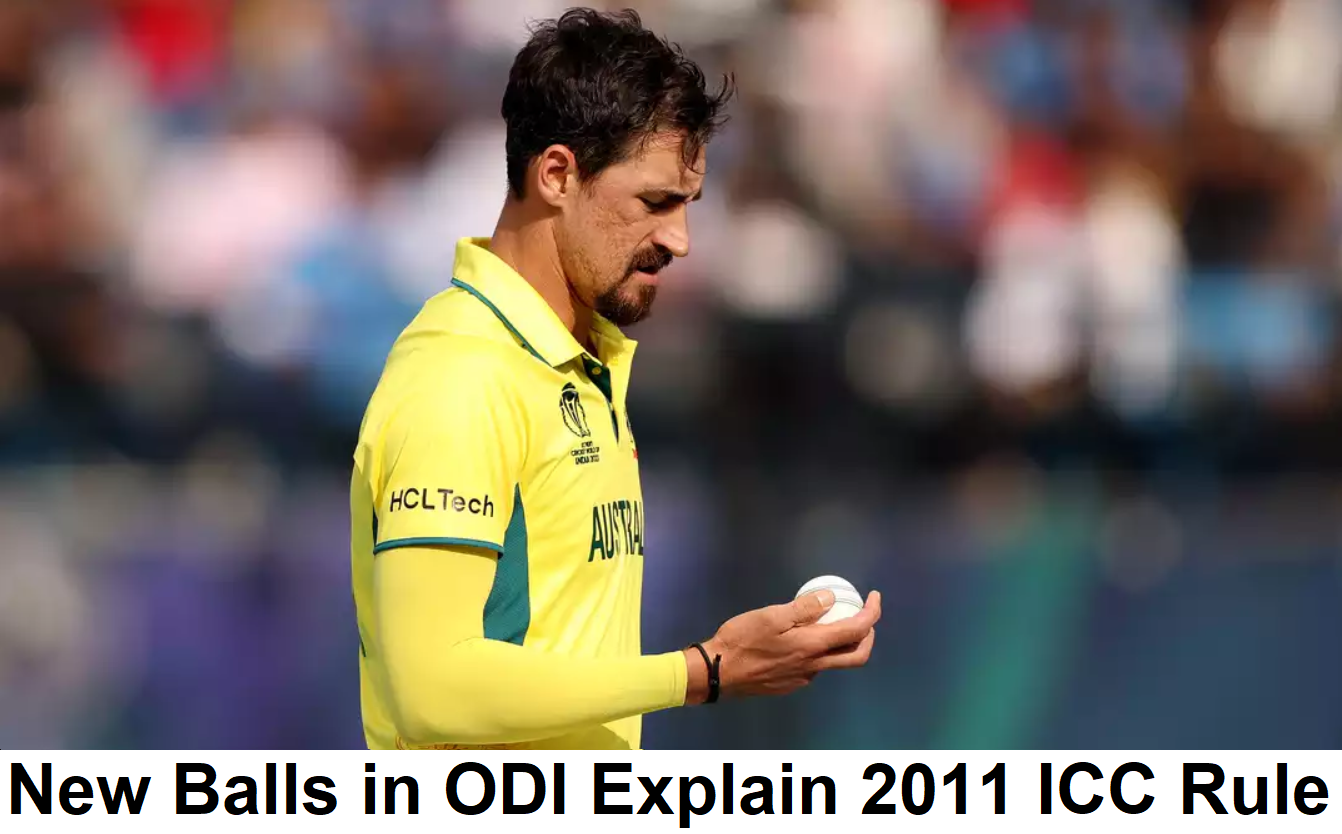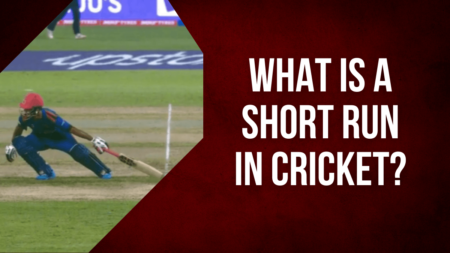

One Day International (ODI) cricket matches are professional formats of the sport where a match last for nearly eight hours. Two teams play for 50-overs each and the team with more runs wins the match.
An ODI match is played with a white cricket ball made of cork that deteriorates as the match progresses. Before 2011, teams used to play with one new ball taken at the start of the match per innings. In 2011, the rules for taking a new ball have changed.
According to the current rule, each innings will have two new balls. Both these new balls are taken at the start of the innings. Both these balls will be used from either end of the wicket. This means that each ball will be used for 25 overs apiece. After an over ends, the bowler hands the ball to the umpire at the bowler’s end who keeps this ball. In the next over, the square leg umpire for the previous over now becomes the bowler’s end umpire. This umpire then gives the ball that he or she has to the bowler who will bowl the next over from that end.
The rules seen fair considering both balls are subject to equal number of overs. However, many cricket pundits and former players have opposed this rule as it has taken away the element of reverse swing in the tail-end of the batting side’s innings. The reverse swing is an expert bowling technique that is mastered by few. To employ the reverse swing in the first place, the ball needs to be sufficiently wore and tore. Since the new rule only allows each new ball subject to 25 overs of wear and tear, reverse swing is rarely seen in ODIs today.
The new ball in ODI is thus taken at the start of the innings from either end for each innings.




